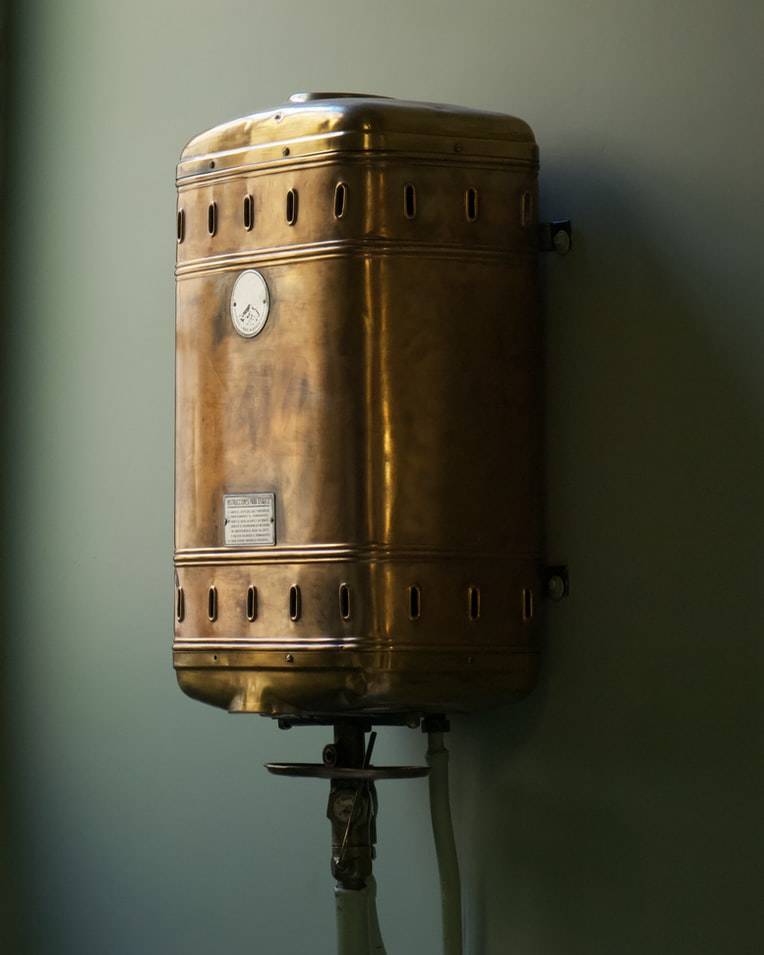Considering how important boilers are, it’s rather surprising how little people actually know about how they work. This isn’t really surprising as most people don’t really give boilers a second thought. To help remedy this general lack of information, we thought it would be useful to put together a short discussion about boilers and how they work. If this is something that you want to learn more about, read on as we go through everything that you’ve always wanted to know about boilers.
What is a Boiler?
Before we delve into the technical side of things, we first have to talk about what a boiler is. Basically, a boiler is a closed vessel that contains liquid that is then heated to generate steam or vapour. The steam or vapour then exits and is used for a wide range of purposes which includes but is not limited to heating and power generation.
Boilers are found in both domestic and industrial settings. With that being said, the types of boilers that are used in industrial settings are vastly different from the ones that you use at home. While domestic boilers are small and are used for daily household chores, industrial boilers today play an invaluable role in the production process.
What’s great about boilers is that they can be environmentally friendly as well. The main difference between an environmentally friendly boiler and a regular boiler lies in the type of fuel used. Environmentally friendly boilers make use of natural gas or other non-harming fuels.
What Are the Key Parts of a Boiler and How Do They Work?
To truly understand how boilers work, it’s best to look at the key parts that make up the boiler. Understanding how each part works will make it infinitely easier to understand how boilers, as a whole, work.
A boiler’s burner is where the combustion reaction starts. A nozzle in the burner that turns the fuel pumped from the fuel source ignites it to create the combustion. A faulty burner will render just about any boiler useless. The combustion chamber is where the fuel is burned. This part is usually made of cast iron and can withstand extremely high temperatures. Once the heat is generated in the combustion chamber, it is then transferred into the heat exchanger.
The heat exchanger is responsible for increasing the overall efficiency of a boiler. Because of this, it’s placed before the air heater in the fuel gas path of the boiler. From there, a steam drum collects all the steam that is produced from the boiler. Aside from the steam drum, boilers also contain a mud drum that collects solids that are produced via the boiler. These solids must be removed regularly to ensure that the boiler is properly maintained.
Conclusion
Hopefully, this article proves to be useful when it comes to helping you better understand boilers. While they may seem complicated at first, it doesn’t really take much to understand the inner workings of this incredibly important piece of equipment. If you have more specific questions about boilers, it would be best to approach an HVAC specialist.
Looking to take on a boiler hire service? Reach out to London Climate Hire today! We’re HVAC specialists providing complete turnkey rental solutions such as boiler chillers, generators, and more. For more information on what we can do for you, visit our website today!

